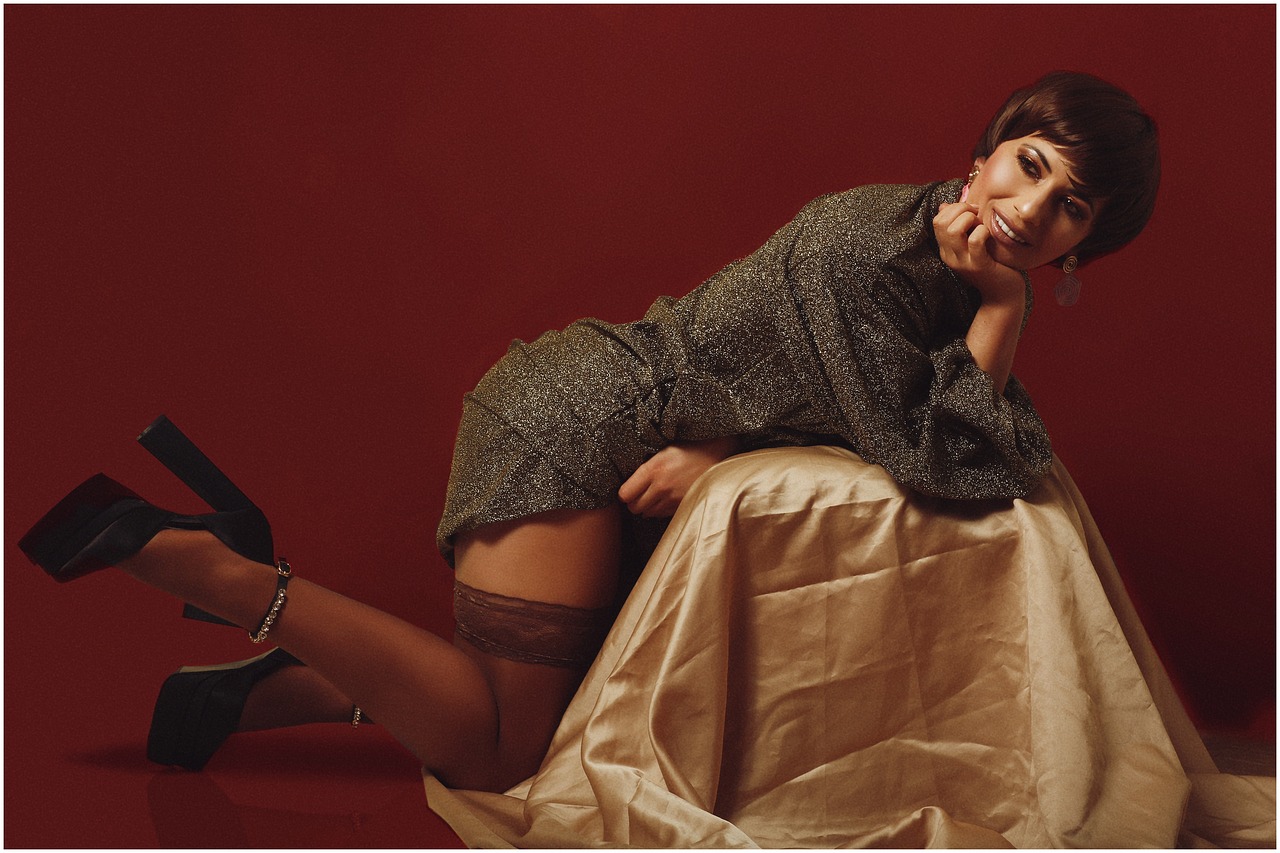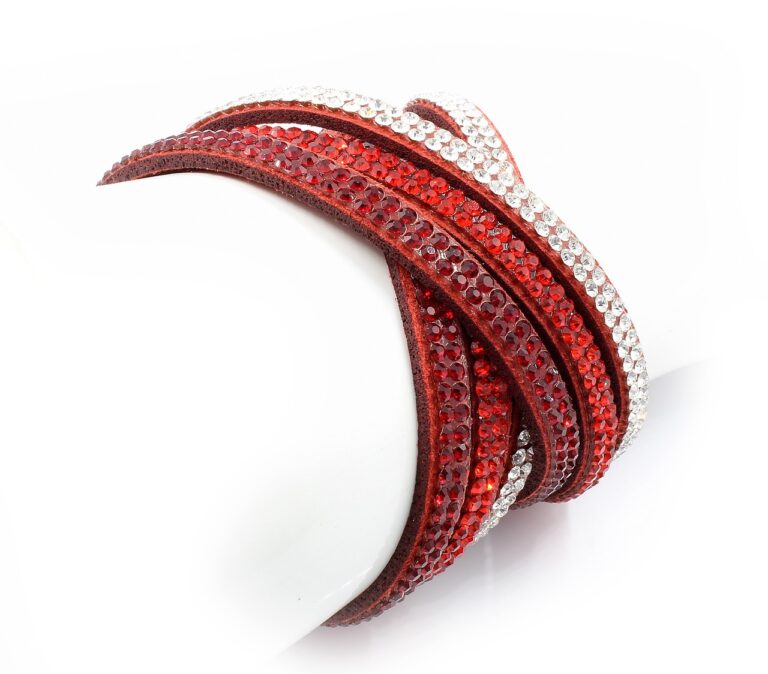Fashion and Identity: How Clothing Reflects Cultural and Social Norms
Fashion is a universal language that often reflects the unique traditions and values of a culture. From the vibrant colors and intricate patterns of traditional African attire to the sleek and modern designs of Japanese streetwear, clothing plays a vital role in expressing cultural identity. Each culture offers its distinct style, showcasing a rich tapestry of creativity and heritage.
Exploring different styles across cultures allows us to appreciate the diversity and artistry present in the world of fashion. Whether it’s the opulent embroidery of Indian sarees or the minimalist elegance of Scandinavian design, fashion transcends geographical boundaries, connecting people through a shared love for self-expression and aesthetics. Embracing these diverse styles can open our minds to new possibilities and inspire us to infuse our own wardrobes with elements of global influence.
Historical Significance of Clothing
Throughout history, clothing has served as more than just a practicality; it has been a powerful symbol of societal status and cultural identity. In ancient civilizations, garments were not only a means of protection from the elements but also a reflection of one’s social standing and role within the community.
In many cultures, specific fabrics, colors, and designs were reserved for royalty and nobility, distinguishing them from the common people. The intricate embroidery and luxurious materials found in historic clothing were not only a display of wealth but also a way to communicate power and authority. Clothing was a form of non-verbal communication that conveyed messages about one’s place in society without the need for words.
• Clothing has been a powerful symbol of societal status and cultural identity throughout history
• Garments in ancient civilizations reflected one’s social standing and role within the community
• Specific fabrics, colors, and designs were reserved for royalty and nobility in many cultures
• Intricate embroidery and luxurious materials displayed wealth and communicated power
• Clothing served as a form of non-verbal communication about one’s place in society
Gender Roles and Fashion
In various cultures around the world, clothing has long been intertwined with the concept of gender roles. Traditional garments often symbolize societal expectations and norms pertaining to masculinity and femininity. For instance, the attire worn by men and women during ceremonies or daily activities can signify their roles and status within the community.
Fashion trends have continuously evolved over time, reflecting changes in gender roles and societal attitudes. The way individuals dress not only serves as a means of self-expression but also communicates messages about their gender identity and cultural background. In today’s globalized world, fashion has become a powerful tool for challenging traditional gender norms and stereotypes, promoting inclusivity, and advocating for gender equality.
How do different cultures influence fashion and gender roles?
Different cultures have unique styles of clothing that reflect their traditions, values, and beliefs. These styles often dictate gender roles and expectations within society.
What is the historical significance of clothing in relation to gender roles?
Throughout history, clothing has been used to define and reinforce gender roles. Certain garments and styles have been associated with masculinity or femininity, shaping societal norms and expectations.
How has fashion evolved in terms of challenging traditional gender roles?
In recent years, there has been a shift towards gender-neutral clothing and breaking away from traditional gender norms in fashion. Designers are increasingly creating pieces that blur the lines between masculinity and femininity.
How does the media influence gender roles through fashion?
The media plays a significant role in perpetuating traditional gender roles through fashion. Advertisements, magazines, and social media platforms often promote stereotypical images of masculinity and femininity, shaping societal perceptions and expectations.







